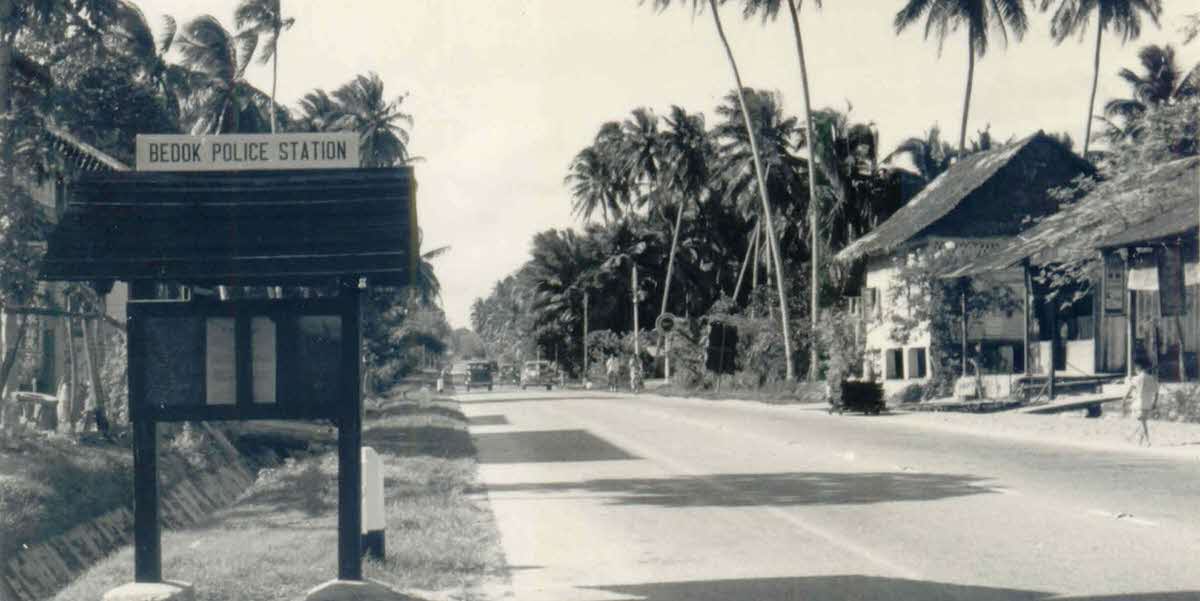Families For Life | Discover SG: Bedok’s Community Heritage
There is a sense of nostalgia associated with the mature town of Bedok. After all, it was one of the earliest documented places on the island—it was found on a map from 1604.
Many villages sprouted around Sungei Bedok (Bedok River)—Chai Chee was associated with a vegetable market while Kampong Bedok is still affectionately called Bedok Corner today. Siglap and Tanah Merah were also folded into the larger Bedok community, and those who lived there recalled happy days living and playing with fellow villagers of all races.
In the 1960s, Bedok began evolving as it gradually became an HDB town. Today, the modern town is home to almost 200,000 residents (as per 2018). The vibrant region boasts modern amenities and nature spots too. Diving deeper, here are some fun facts you may not know about Bedok.
Bedok Reservoir resulted from reclamation works
The picturesque reservoir, which is popular with joggers, dog-walkers and canoeists, is a conveniently located getaway for city folks. Before it was a body of water, Bedok Reservoir was a sand quarry. A deep excavation project was carried out in 1983 to support reclamation. In 1986, the reservoir was completed, complete with a water treatment plant. In addition to water activities, the venue is also where you can find Singapore’s only treetop obstacle course that promises fun for the whole family.

Image source: goodmorningyesterday.blogspot.com
Away from the town centre are rustic gems to be discovered
An oft-forgotten area of Bedok is the quiet and charming Simpang Bedok, today a popular place for supper. It used to sit between a Malay village and predominantly Chinese rambutan plantations. A few steps away from the eateries is the NEWater Visitor Centre, an education hub that promotes water sustainability. You can book a one-hour tour through the PUB website.
Meet the highlands of Bedok
It isn’t Bukit Timah Hill, but Bedok Rise is the highest point of the Bedok Heritage Trail put together by the National Heritage Board. Residents here used to keep a lookout for fires and other incidents from this vantage point. You can get an idea of the undulating elevation of the Bedok area prior to the levelling of land in the 1960s to 1980s.

Image source: PUB
Old seawalls are an ode to the past
You can find one that extends from behind Elliot Walk facing Marine Parade Road, and another just before the turn onto Nallur Road. These seawalls stretch across several private properties. They show the former coastline before land reclamation, and their balustrades are indicative of colonial architecture.